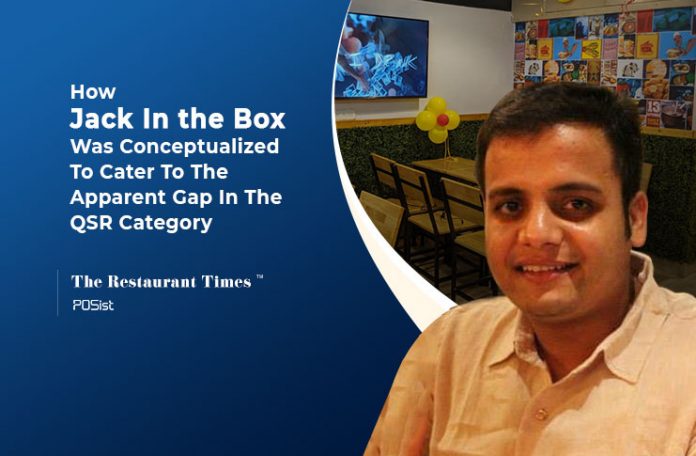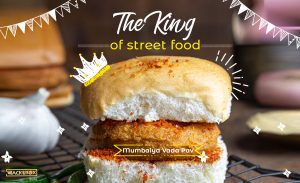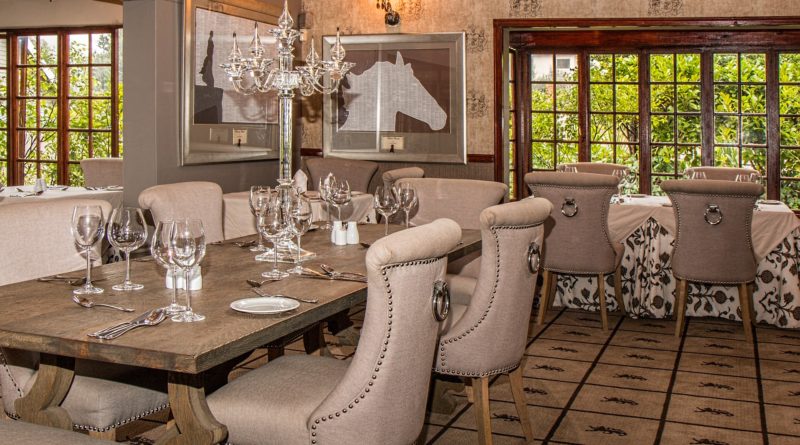Alok Pandey was an investment and banking professional, for about eight years, before he decided to go into the F&B business. He was born into a family from the manufacturing and retailing background. He always aspired to go back to his roots and do something of his own.. He had always been enthusiastic about food. As a gastronome, Alok loves to explore different cuisines from the most distant parts of the country.
He started Marching Ants Hospitality Private Ltd. kindled by the passion for retail and appetite for food. ‘Jack In The Box’ is controlled by Marching Ants. Founded in 2015, Jack In The Box is one of the fastest-growing Quick Service Restaurants (QSR) which aims to bring authentic ‘desi’ street food to the patrons.
In Conversation With Alok Pandey of Jack In The Box
In an exclusive conversation with The Restaurant Times, Alok Pandey talks of his journey in the industry, the story behind Jack In The Box, operational hurdles while running the business, and a lot more.
Conceptualization Of Jack In The Box
The restaurant industry is massive. While launching Jack In The Box, Alok gave the increasing competition in the sector a lot of thought. He did not follow the crowd. Alok was very much concerned about the longevity of his restaurant business. An astonishing 60% go out of business within three years of opening, largely due to fundamental flaws in the planning of the operation. According to him, the success of a restaurant is heavily dependent on the strength of a restaurant’s concept and the planning of its execution.
Jack In The Box primarily serves quick bites and on the go snacks in a clean and hygienic way. Alok was inspired by the authentic street food, he believed that there were no players in the organized sector serving authentic quick bites with the same taste as the local ones. He wanted to bridge this gap and serve authentic street food in a clean and hygienic manner by doing justice to the taste and value offered to the patrons.
Vada Pav is one of the most loved quick bites across India, native to the state of Maharashtra.
Jack In The Box initially started with various varieties of Vada Pav along with wraps and nuggets. Alok mentions the biggest differentiator between regular QSRs and Jack In The Box is that quick bites, being dry in nature, taste better when paired with a beverage. At Jack In The Box, every snack is thoughtfully paired with a beverage, such as authentic South Indian filter coffee and masala chai.
Operational Hurdles While Running The Business
The success of a restaurant requires strategizing beyond the opening and establishing benchmarks that will strengthen the operation and be used to measure progress. According to Alok, the F&B business segment has the highest churning ratio in terms of entry and exit. 60% of all new restaurants close or change ownership in the first year of business, with 80% close within the first five years. There are many reasons restaurants fail, from health-related closures to consistently bad reviews.
- Unique Concept:Alok says that the F&B segment is constantly evolving. While the industry is fragmented and coming up with newer business models, the patrons have been left with a wide range of options to choose from. It is imperative for the restaurateurs to come up with a unique concept so that they are able to build their brand identity. Otherwise, they will be one of the crowd. Alok mentions that it is essential to have a novelty factor in the business.
- Rentals and Cost Structure:Metropolitan cities like Mumbai and Delhi charge exorbitant rentals. It is imperative to calculate and figure out how the overall direct costs and indirect costs can be managed. At Jack In the Box, they take care of operating costs by managing operations carefully. Similarly, they follow a lot of sustainability processes to reduce unnecessary wastage as well. They have limited the kitchen size to 150 square ft so that the rental cost is saved.
- Competition and Customer Retention:The restaurant industry is fiercely competitive. One needs to continually find new ways to raise the bar in terms of service without lowering profits. Alok adopted the strategy of starting their outlets in the biggest office areas of NCR to captivate the audience. Although the audience was limited initially, Pandey believed that if their outlet worked there, then it would work anywhere in the city.
- Controlling The Waste Generated:Alok mentions that the biggest loss suffered in the F&B business is the food waste generated and pilferage. Restaurant waste is an unfortunate side effect of the industry and if not properly managed, it can get out of control, costing a business, time, energy, space, and money. According to the standards, the waste generated should be not more than 2½ % of the total gross value. At Jack In The Box, they follow strict waste management processes. With the help of their own ERP software, the entire business is controlled at the head office level. The software captures a variance of units as small as a gm or a piece. Currently, at Jack In The Box, the waste generated is under 0.75%.
Controlling The ‘Prime Costs’ In A Restaurant
Running a restaurant comes with its own specific set of cost considerations. While food and beverage costs can vary depending on the type of restaurant, it is not uncommon to see this represent 25-40% of the restaurant’s total cost. Outside of labor, which can be in a similar range of 25-35%, there is no other cost so big when it comes to a restaurant’s cost structure. This is why food and labor costs are called “prime costs” within the industry.
- At Jack In The Box, Food Supply and Distribution Costs are a key performance metric:In order to avoid discrepancies in the pricing structure while procuring food items from various vendors, about 90% of their tie-ups are with national vendors to maintain price uniformity.
- Storage and Packaging Of Food Items:At Jack In The Box, the entire kitchen is designed and structured in a way that it is conducive for long term storage. The average shelf life of consumable items in their kitchen is 7 months without using any preservatives. They have also made amendments in their packaging structure such that the nutrition value is completely retained while transportation, where temperature varies from around -15 degrees to -7 degrees and -18 degrees to -23 degrees.
- Labor Cost:To successfully run a QSR, labor plays a very important role. At Jack In The Box, there is no definitive role assigned to the employees. The entire training process is structured in such a way that all the employees are trained in all departments. All of them work in rotational shifts. It helps them in learning something new always and keeps them motivated. It also helps them in reducing the attrition rate. At Jack In The Box, they follow employee-friendly policies for the wellness of the employees.
Strategies To Run A Successful QSR
- Hard work and Patience:Any business takes time to materialize. Working at a restaurant is not for the faint-hearted. Alok shares from his first-hand experience that it takes a lot of hard work and patience to operate a restaurant business.
- Looking After Safe and Comfortable Working Conditions:The QSR business is an employee-driven business. Without employees, a restaurant cannot run. Looking after the needs of the employees and investing in their development and growth is essential. Employees should be acknowledged for their efforts by way of monetary benefits or extended holidays.
- Control On Operations:It is imperative to keep a check and control the operations of your QSR business. Operations such as preparation of food, customer service, cleaning, purchasing raw materials, accounting, reporting, etc.require money to run and sustain. It is a critical area where excessive costs can be incurred if not evaluated properly. Restaurateurs must identify any inefficiencies and plug them in a timely manner.
- Customer Engagement:For any QSR business to run successfully, it is imperative to identify the customer segment for their brand with the help of brand positioning. Customer engagement has become paramount nowadays. Research by Gallop shows that a fully-engaged customer represents 23% more revenue than average. An engaged customer is more likely to buy from your brand, offer feedback, and develop loyalty towards the brand.
Role Of POS Software In A Restaurant
A restaurant Point-Of-Sale system is any kind of software or hardware platform that performs tasks involving payment processing, management, and daily operations. While plenty of restaurants might still be using cash registers, a Point-Of-Sale system uses state-of-the-art software that can accomplish much more. Anything from shift-tracking to customer data collection can be handled by a Point-Of-Sale system with ease, giving a restaurateur more time to focus on the management issues that matter. Alok has been using Posist at his outlet.
“Posist is a very dynamic software and it covers the length and breadth of the entire store and business operations. It has been comprehensively catering to all the departments of the restaurant,” says Alok.
Alok also mentions that through the reports and analytics tool of Posist, important data regarding customer repeat sales, average spend and other vital information helps them to analyze and build strategies for the future. By connecting what’s happening in the back of the house to the front, restaurant operators get a holistic picture of how the business is running. Real-time data means real-time solutions to situations before they become problems.



















